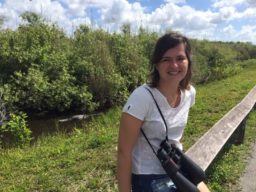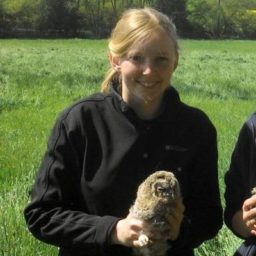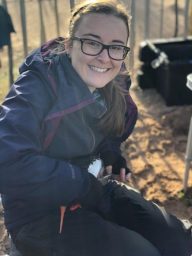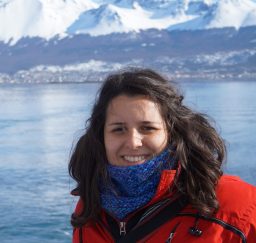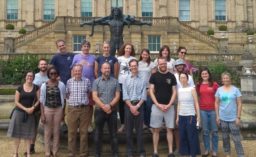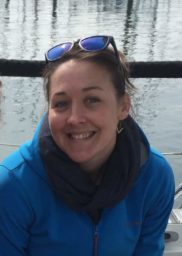
Tammy Davies
Marine Science Coordinator
Bio
Tammy Davies
Marine Science Coordinator
My work centres on using seabird tracking data to inform area-based management initiatives, and working with our Partners and other organisations on marine spatial planning and marine protected area proposals. This has included providing technical support for a candidate marine protected area on the High Seas (the North Atlantic Current and Evlanov Seamount MPA), and the description of Ecologically and Biologically Significant Areas (EBSAs). I also manage a project in the West Indian Ocean that promotes the inclusion of seabird data in decision making processes in the region, and support the work of our Partners with their marine efforts.
